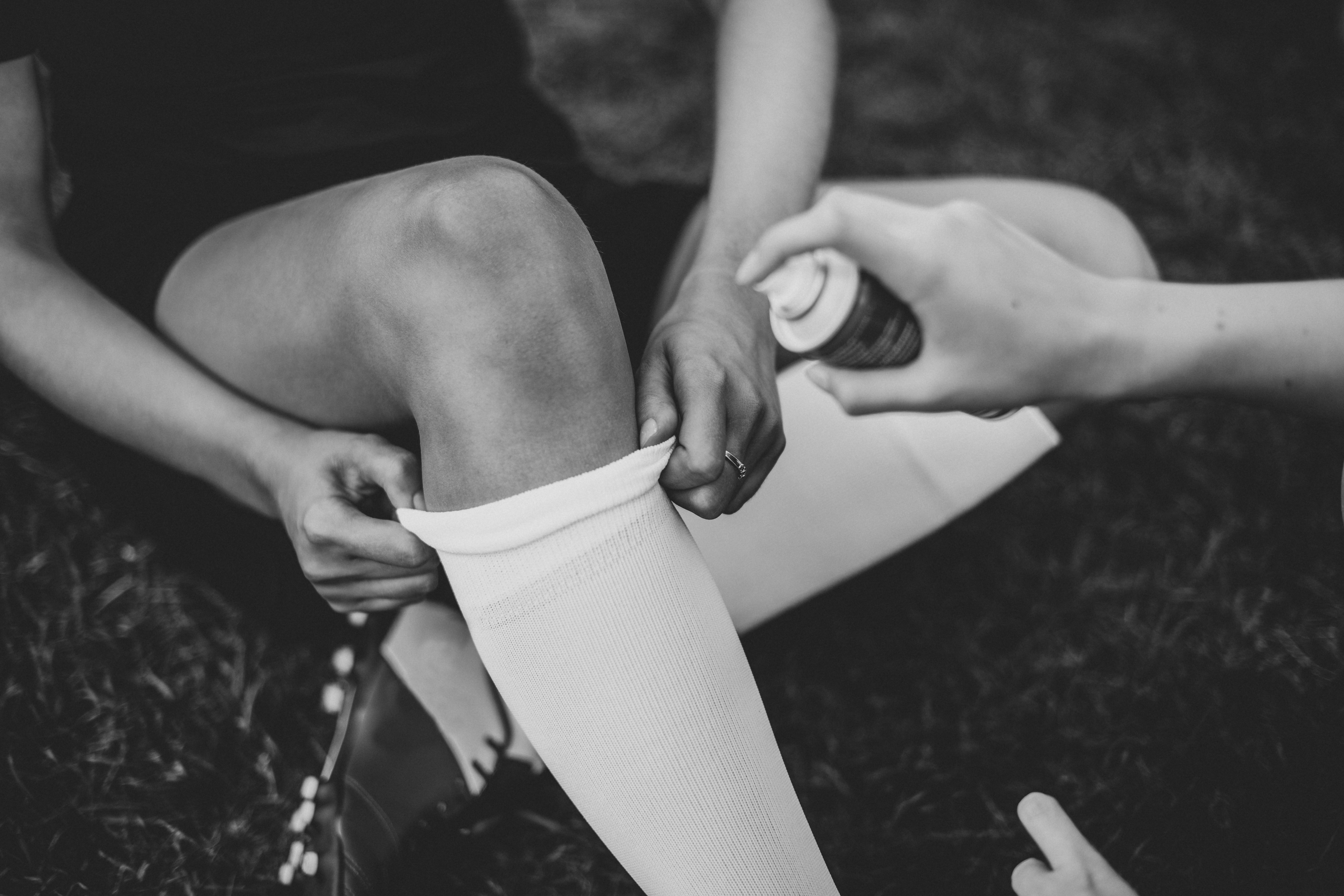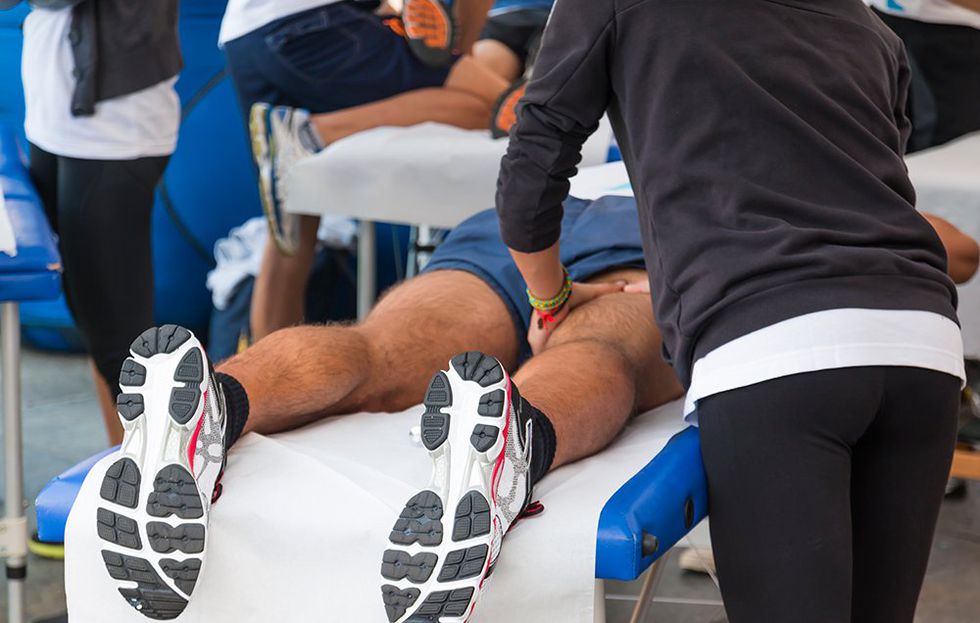
Sports Injury Management
Being active and sporty has many health benefits, however with sportiness comes the risk of injury.
There are many ways to help prevent the risk of injury, but accidents do happen. That’s why it’s a great idea to be aware of how you can help yourself and others in the event of injury.
There are three key components to effective injury management:
- Injury prevention
- Injury identification and treatment
- Injury rehabilitation
It’s vital that appropriate injury rehabilitation takes place under the care of qualified professionals before returning to sport. Without this, the risk of making the original injury worse is greatly increased.
Sports Injury Identification and Treatment – What Can You Do?
Sports injuries are often soft tissue injuries to muscles, tendons, ligaments or joints. The first step for treating any kind of injury should be to contact a qualified physician who can provide an accurate diagnosis. Two of the most common soft tissue injuries include:
1. Sprained ankles
A sprained ankle occurs from a sudden twist or turning motion that forces the ankle muscles and ligaments into an excessive range of movement.
In the event of a sprained ankle, follow and apply the RICER protocol to the affected ankle while you are waiting for the physician:
- Rest – rest the ankle and avoid putting weight on the injured foot
- Ice – apply a cold pack at regular intervals.
- Compression – Gently strap the ankle with tape and overwrap the tape with a bandage.
- Elevation – Elevate the injured leg and rest on a soft surface
- Referral – Refer yourself or the injured person to a qualified physician for precise diagnosis and further treatment advice
2. ‘Tennis’ or ‘Golfer’s’ Elbow
A ‘Tennis’ or ‘Golfer’s’ Elbow injury is usually the result of overuse and over extension of the elbow joint while playing racquet sports or golf.
In the event of a ‘tennis’ elbow, be sure to rest the elbow in a comfortable and safe position. Keep it close to the body and apply a cold pack to the affected area at regular intervals.
Correct and effective taping and strapping of soft tissue injuries can help to reduce pain and swelling.Sports injuries can also be hard tissue injuries to their bones, such as a broken wrist or collarbone. If you suspect a fracture or break, see a qualified physician as soon as possible.
Preventing Injuries – How Can You Best Prepare Yourself for Sport?
Prevention is by far the best method of avoiding unnecessary pain and injury that may keep you from playing. Although many accidents are unpredictable, there are a number of proactive ways you can help prevent sports injuries from occurring or reoccurring. Try out some of these tips:
- Warm up and cool down thoroughly before and after sport
- Remain hydrated before, during and after sport
- Wear footwear with the appropriate support and grip
- Tape or strap vulnerable or previously injured joints and limbs
- Maintain a good level of overall fitness and muscle strength
- Don’t exert yourself too far beyond your level of fitness
- Gradually increase the intensity of your training routine
- Always practice the correct technique and get advice from professional trainers
- Allow adequate recovery time between sessions
Please note that none of the above given tips or recommendations substitute medical advice. Important: consult a health professional in case of an injury or if you suspect overuse of joints or a medical condition such as a fracture. A physician should be consulted in those acute cases when the condition is accompanied by reddening, swelling or hyperthermia of joints, ongoing joint trouble or severe pain and/or are associated with neurological symptoms
(e.g. numbness, tingling, loss of motion).
Article taken from: https://www.elastoplast.com.au/strapping-and-injuries/injury-management-and-prevention/injury-management

